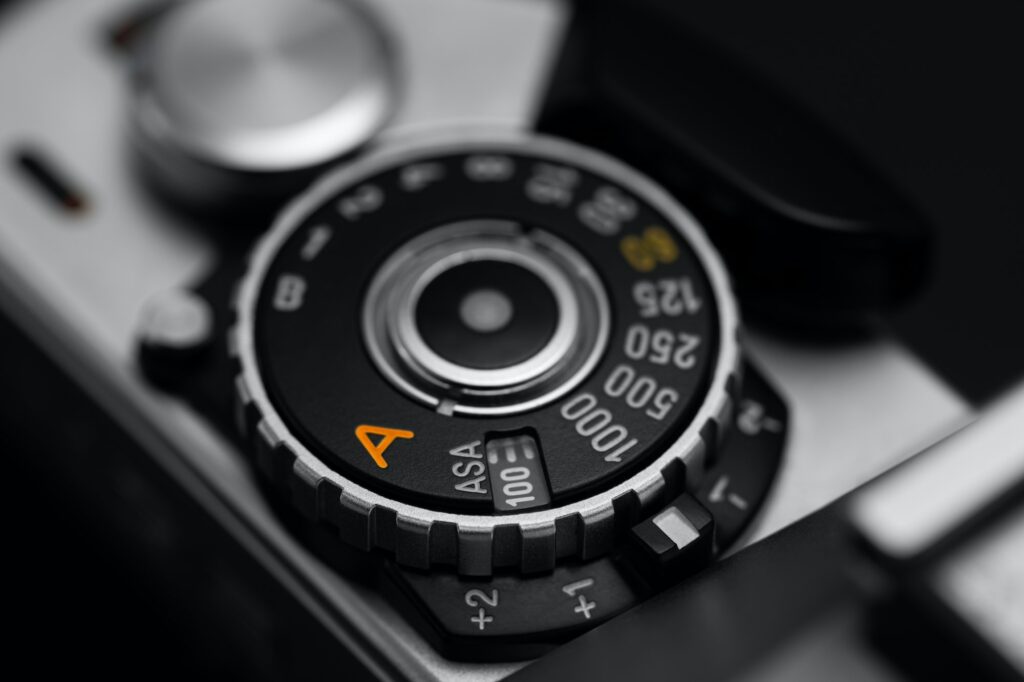
In our previous article, we laid the foundation of understanding the basics of photography. Now, we delve into the heart of technical photography – the ‘holy trinity’: Aperture, Shutter Speed, and ISO. Mastery of these three variables will enable you to control the light in your images and achieve the results you envision.
Aperture: The Eye of Your Camera
Aperture refers to the size of the opening in your camera lens through which light enters. It’s measured in ‘f-stops’, and a lower f-stop means a wider aperture (more light) and a shallower depth of field (blurred background), while a higher f-stop signifies a narrower aperture (less light) and a greater depth of field (more in focus). For instance, portrait photographers often use a wide aperture to create a beautifully blurred background, focusing attention on the subject.
Shutter Speed: Freezing or Flowing Time
Shutter speed dictates how long your camera’s shutter remains open and exposes the sensor to light. It’s measured in fractions of a second. Fast shutter speeds (like 1/500) freeze action, great for sports or wildlife photography, while slow shutter speeds (like 2 seconds) allow more light in and capture the flow of time, perfect for night skies or silky waterfalls. Remember, slower shutter speeds might require a tripod to avoid camera shake and maintain sharpness.
ISO: Amplifying Light
ISO controls the sensitivity of your camera’s sensor to light. A lower ISO (e.g., 100) means less sensitivity and is ideal for bright conditions. A higher ISO (e.g., 3200) increases sensitivity, useful in darker environments. However, higher ISO values can lead to ‘noise’ or graininess in the image, so it’s a balance you’ll learn to strike.
Balancing the Trinity
Mastering photography requires learning to balance these three elements. Want a brighter photo? You could use a wider aperture, slower shutter speed, or higher ISO. But each change affects not only light but also depth of field, motion capture, and image noise. This interplay is often referred to as the exposure triangle.
If you prioritize controlling motion, adjust your shutter speed first. If depth of field is most important, begin with aperture. In well-lit conditions, keep ISO as low as possible to reduce noise. In darker situations, you might have to increase ISO, even with potential noise.
Practice Makes Perfect
Understanding the theory is one thing; applying it is another. Play with these settings, try different combinations, and observe how changes affect your images. Photography is as much about experimentation and personal style as it is about adhering to technical principles.
Post-Processing and the Trinity
Even in post-processing, understanding the trinity is useful. For instance, noise from high ISOs can be reduced, and the exposure from shutter speed or aperture can be adjusted. However, it’s always best to capture the image as close to your vision in-camera.
Conclusion
Navigating the holy trinity of photography may initially seem complex, but with time and practice, it becomes second nature. It’s your key to unlocking creative control over your images, enabling you to shift from taking mere snapshots to creating photographic art. As you become more adept at manipulating aperture, shutter speed, and ISO, you’ll find your images resonating more deeply with your creative intent. This journey is one of learning, experimentation